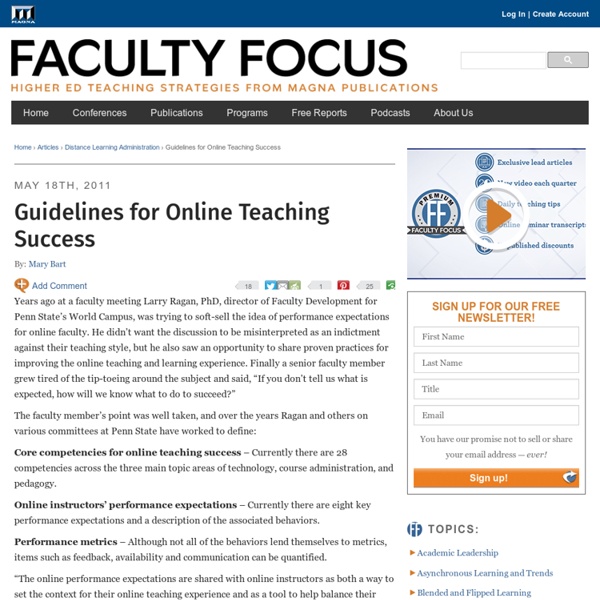The Cornerstone
A Turn to Learn: September 2012
This idea is actually a gem that one of my students thought of a few years ago! One of my classes' favorite YouTube videos was this one... "If You're a Boy" from Harry Kindergarten. Well... my kids were chatty one day and I said "If you're a boy zip your lips." When my kids get chatty, all I do is start to sing the song! If they're extra loud, I have them do actions that will get the other students attention (e.g. ones that make them move more or make more noise) such as: pat your legs, jump up and down or clap your hands. If there's only one or two students chatting, I usually do more silent action, such as zip your lips, fold your hands. I actually also use this to get my students to clean up at the end of their writing period. How do you get your kids to quiet down!
Utah Coalition for Educational Technology (UCET)
Worksheets, Lesson Plans, Teacher Resources, and Rubrics from TeAch-nology.com
The Ten Commandments of Effective Classroom Management
The Ten Commandments of Effective Classroom Management By William Shoap closeAuthor: William Shoap Name: William ShoapSite: See Authors Posts (1) William Shoap posted these commandments on the Classroom Management chatboard, and we thought them worthy of sharing here. One of the biggest barriers to teaching and learning in any school environment is the lack of effective classroom management methods. Young teachers, new to the teaching profession, may possess the necessary academic knowledge to teach their subject but often must learn classroom management skills on the job, which can make for a very challenging first few years in this career. Here are 10 practical tips for new teachers to aid in building a successful classroom management strategy: Thou shall be called by no other name than “Mr.” or “Mrs” or “Ms.” This entry was posted on Sunday, August 1st, 2010 and is filed under *ISSUES, August 2010, William Shoap.
Top 10 FREE Plagiarism Detection Tools for Teachers - eLearning Industry
Editor's note: We have originally written and published this article in November 2013. Thanks to your useful suggestions and our own following of the latest developments in the fast paced field of technology, we have updated this piece in October 2015 in the hope that you will keep finding it useful. Thank you for sharing! The act of taking someone else’s ideas and passing them off as your own defines the concept of “plagiarism”. As it is shown by the growing educational concerns, plagiarism has now become an integral part of our digital lives as technology, with the billions of information it gives us access to, led to the exacerbation of this phenomenon. Are you still undecided about whether or not plagiarism checkers are really necessary in eLearning? Get 2 Free eBooks Get the eLearning Industry's Articles in your inbox.
Blog
I am grateful for… With Thanksgiving just around the corner, I am taking some time to reflect on just how very fortunate I am. Since becoming a connected educator in 2011, my learning world has expanded beyond my expectations and then some. I know that many of the successes our school is experiencing would not have been realized without this support. read more Upcoming free webinars: Peek inside the Life of a Connected Learner Peek inside the Life of a Connected Learner Spend an hour chatting with us and find out about our unique brand of coached, team-based professional learning and how to learn like connected learners do – through action research, lesson plan studies, virtual classroom visits, and more. All the Connected Educator Month events you won’t want to miss October 8-14 We can’t believe we’re already into week two of Connected Educator Month! Your insider’s guide to Connected Educator Month – Week 1 It’s here! Wikis 101 Course: Interview with instructor Jennifer Bloomingdale
Understanding Rubrics by Heidi Goodrich Andrade
Understanding Rubrics by Heidi Goodrich Andrade Authentic assessments tend to use rubrics to describe student achievement. At last, here’s clarity on the term. Every time I introduce rubrics to a group of teachers the reaction is the same — instant appeal (“Yes, this is what I need!”) followed closely by panic (“Good grief, how can I be expected to develop a rubric for everything?”). What Is a Rubric? A rubric is a scoring tool that lists the criteria for a piece of work, or “what counts” (for example, purpose, organization, details, voice, and mechanics are often what count in a piece of writing); it also articulates gradations of quality for each criterion, from excellent to poor. The four columns to the right of the criteria describe varying degrees of quality, from excellent to poor. Why Use Rubrics? Rubrics appeal to teachers and students for many reasons. Third, rubrics reduce the amount of time teachers spend evaluating student work. Finally, rubrics are easy to use and to explain.



